Written by: Chelsey Dotson
In early 2018, my life took an unexpected turn that would profoundly reshape the person I was. I had no idea that in a short time, I would be plunged into a world of monumental uncertainties and emotions. I found myself on a journey I never anticipated- one of intense struggle but, ultimately, self-discovery.
While weathering a storm of overwhelming adversity, I learned the transformative power of radical self-acceptance. Embracing my true self, vulnerabilities, imperfections, and all, not only allowed me to survive, but it taught me how to thrive in the new life that awaited me. This is the story of how I turned my life’s most daunting challenges into a path toward the deepest self-love, empowerment, and abundance.
Where It Started
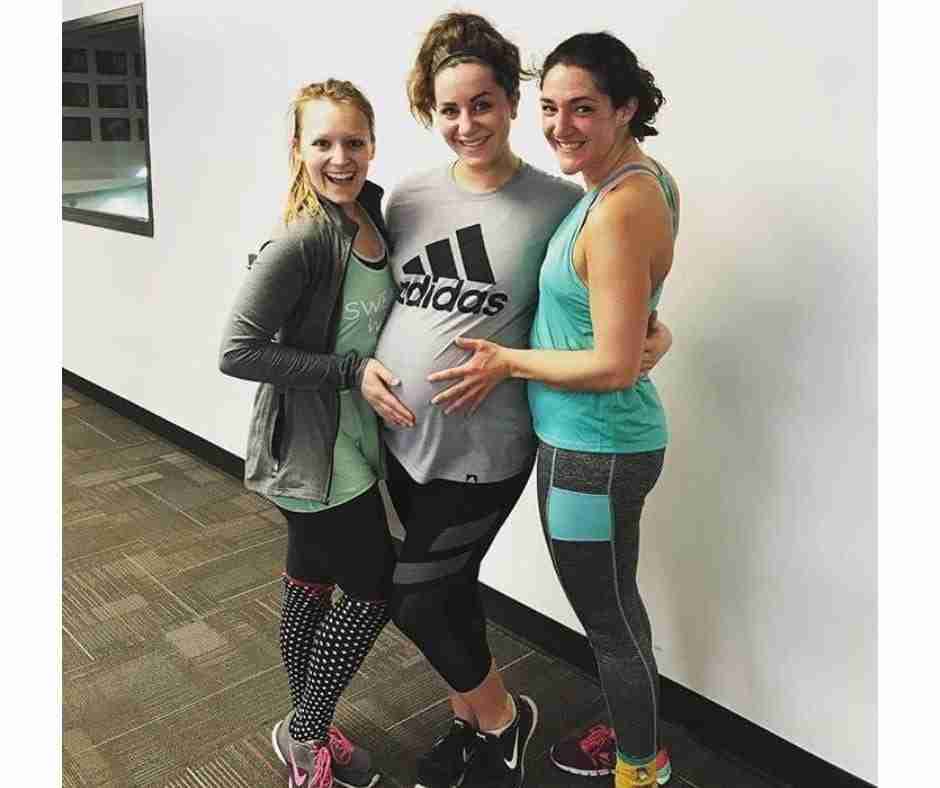
In the spring of 2018, my husband and I were overjoyed to be welcoming a daughter into our world. On the evening of March 30, I began to have contractions and had a gut feeling that we didn’t have much time before Harper would make her entrance. We called Labor and Delivery and lied about how long my contractions had been happening (only having had about 2 when I made the call). It turned out that lying was the right move because Harper arrived in the most fast and furious manner.
I remember as the doctor placed her on my chest, I looked at her facial features and, for a brief moment, thought something seemed different about her. It was a fleeting thought, though, as the chaos of delivering a baby doesn’t allow your mind to focus on anything for more than a few seconds. I remember her being tiny, white-blond, and quiet.
After she was taken for her 24-hour check-up in the hospital, our doctor came in with a cardiologist. Very abruptly, he told us that Harper had a heart valve abnormality. He immediately followed this news by saying they think she may also have Down Syndrome. I barely heard that second detail, as my tired brain seemed to only have the capacity for the news about her heart at the time.
The cardiologist stayed for a few more minutes, and I honestly couldn’t tell you what else was said. After he left, my husband and I stared at each other in silence for a few seconds, not knowing what to say. I think we immediately went into denial mode, saying that it was ‘probably nothing’ and that we would get more clarification with follow-up appointments. I don’t remember much about the next few days in the hospital, but I remember the weeks that followed very clearly.
First Days With Harper
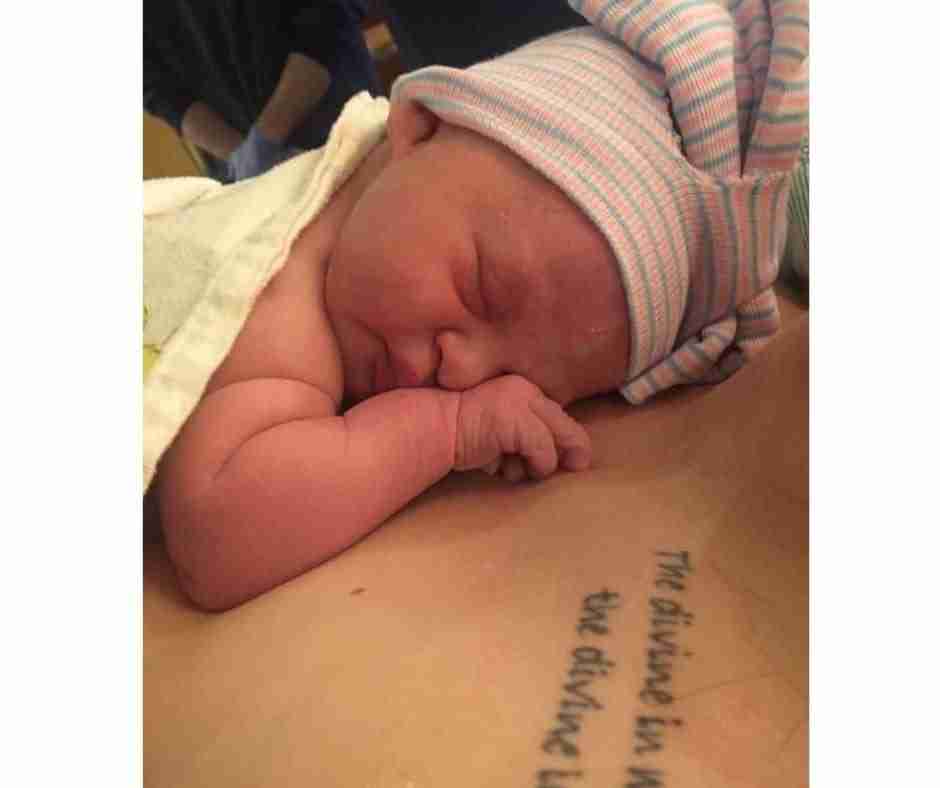
During attempts at late-night feedings (Harper struggled to both nurse and take a bottle), I would desperately consult Google for more information about Down Syndrome. At that point, I was fixated on the physical and observable features associated with Down Syndrome. I would squish her sandal toes together and straighten her eyes with my fingers and think that if I did that enough times, then she wouldn’t have DS anymore.
A horrific lactation specialist told me once that Harper would “struggle for the rest of her life” and that I needed to “commit more” to trying to make breastfeeding work for her. I wanted to be thinking about the future and imagining what our next steps looked like, but I was barely surviving, just trying to get her to eat and respond and remain engaged with the world around her.
I received a lot of pity from people during this time. It annoyed me. I know now that they all meant well, and I hold no hard feelings toward them. But at the time, I needed someone to commiserate with me, tell me that it was scary, and let me be honest about my fears, disappointment, and all the difficult feelings.
After Harper’s delivery, a blood test was sent to Shodair Children’s Hospital for genetic testing. It took 3 long weeks to get the results. In retrospect, I am surprised we ever thought there might be a chance she didn’t have DS. But like I said, we were in denial mode, and I think that was just our psyches working to protect themselves.
After we got the piece of paper with the results, I quickly felt peace. The reality was here; the questioning could stop. I could share the news with the world, and my baby was still so beautiful and loved. Nothing changed, and that felt good. I realized that embracing this reality allowed my family emotional freedom and gave Harper the space she needed to thrive.
Just as Things Were Coming Together…
A dear friend of mine suggested that we contact Early Childhood Intervention (ECI) as soon as we could. Tressa and Kendra, who worked with us on speech, feeding, connecting with resources, and supporting Harper’s development, came into our life when Harper was only about 8 weeks old and stayed with us until she aged out of services (we are still lucky enough to work with Kendra here and there).
These wonderful women created the foundation for my optimism in Harper’s journey. They helped me allow myself to find joy, ease, and humor in what it means to be the parent of a child with a disability. They told me I was doing a good job but also told me how I could do it differently. They made me feel safe to ask every obvious, detailed, and obsessive question that I had. I am forever grateful for these women.
We were nearing the summer of 2018, and things had finally sunk in regarding Harper’s diagnosis. We were considering the adjustments we would need to make as a family and planning for the future. I had come home from having breakfast with friends who were visiting from out of town. After breakfast I got sick and started throwing up for a few hours afterward. I laid down to take a nap on the couch with Harper on my chest. As I dozed off, my husband took her from me, a critical move of which the importance could never have been predicted. It saved her from potential injury in the events that were to come.
The Seizure
I woke up an hour or so later to an EMT poking an IV in my arm and several other paramedics scattered throughout my living room. Before I could even understand what was happening, I was swiftly loaded into the back of the ambulance (a first in my then 27 years of life). I probably asked the paramedics 1,000 times what had happened and if I was going to be okay. They answered kindly and neutrally every time.
During the ambulance ride, one of the paramedics asked if I remembered him. He told me that he was a student in the delivery room when Harper was born, not two months earlier. This was a small but important detail in my story. It was little moments like this that helped me through the first few difficult months ahead-moments with the “little” people that remembered, noticed, and showed me small acts of love.
I felt so dazed and confused for hours after the seizure. It had lasted about 10 minutes; my husband said he saw me turning blue, and I wasn’t responding, so he immediately called 911. When I recount this event, I always think of how scary it must have been for him to witness me like that. I can still see to this day that it changed him.
I had bit my tongue so hard during the seizure that it bled every time I talked too much, and I could barely close my lips together. My body was sore and exhausted. After waiting in the ER for hours, a doctor finally came in to give me the results of my CT scan. He told us they discovered a spot on my brain, which was likely the cause of my seizure.
Reckless Optimism
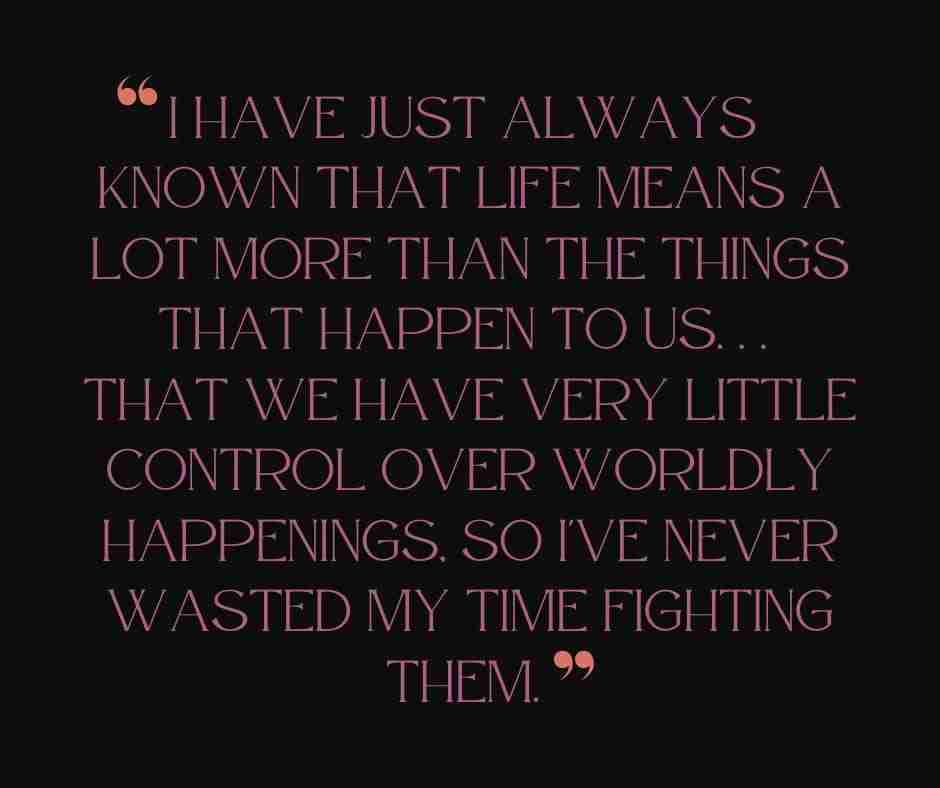
Throughout my life, I have always been ‘recklessly optimistic.’ I’ve never been one to give in to the seriousness of things or respond to hardship in a morose way (although the melodrama of my teens and early 20s might be a different story). When the doctor announced that there was a spot on my brain, I didn’t really react. I just knew without thinking that it was going to be okay. At the same time, I didn’t have the mental capacity to try and fight any other feelings, so my own mind just wouldn’t let me go there. My emotional burnout from parenting a toddler and a newborn actually protected me in this moment from spiraling into an anxious whirlwind.
There have been times when this reckless optimism could have been interpreted as avoidant or irresponsible. But I think I have just always known that life means a lot more than the things that happen to us. I’ve always been aware that we have very little control over worldly happenings, so I’ve never wasted my time fighting them. And I feel lucky for it, as this way of being was greatly handy over the next few months.
So Now What?
After receiving another unexpected blow, we thought, so now what? We are young, broke parents of two children, one with a disability that we were not prepared to handle, and now I have a looming medical diagnosis hanging over our heads. I had to work, Harper struggled to make it through a full day at daycare, she was barely eating, and I couldn’t take seizure medication and breastfeed her. There seemed to be no obvious answer or direction for us to take. I felt guilt during moments of relaxation and feared that if I surrendered, things would continue to crash. Although my optimism was keeping me afloat, my ability to think, problem-solve, and plan seemed to be glitching out. I was so frozen.
The next month was a whirlwind of doctor’s appointments, tests, scans, and additional seizures. Finally, in July, I was prepared for surgery. Only a few days prior, I had attended a friend’s wedding in Missoula. It was surreal to know that the friends I spent my wildest years with in college were just beginning this chapter in their lives with so little to be concerned about. I felt like I existed in a different world than them, and I struggled to find joy and be present for the biggest day of their lives.
On the day of the operation, I remember dropping my kids off at daycare before my husband drove me to the surgery center. It felt so horrible to think that this could possibly be the last time I saw them. Maybe that is a dramatic thing to say, but knowing someone is going to cut into your brain in the next few hours really forces you to observe your mortality. Even if I came out of surgery safely, we still didn’t know what the spot was, what kind of tumor, or if it was cancerous. The daycare teachers were all so concerned, but no one had any idea what to say to us as we left.
The Surgery
Six hours after being wheeled back into surgery, I woke up throwing up and begging for something to drink. My breasts were throbbing from not being able to expel milk. In my stupor, I begged someone to get my breast pump and help me ease the discomfort.
After some time, the surgeon came in and let us know that the surgery was unsuccessful; they were unable to retrieve the tumor. He told me I would be taken downstairs for an MRI that evening and would be back in surgery the next morning.
Although a lot longer and more difficult than anticipated, the second sugergy was successful. They had been able to remove the tumor, but it would still be a while before we knew what it was. I recovered in the ICU and then went home a few days later. Out of pure necessity, my husband went back to work, and I was home caring for a newborn and almost 3-year-old on my own.
About a week later, the results were in. My reckless optimism had never let me consider the possibility that this tumor was cancerous for more than a few moments. Maybe I’m lucky that I can trust so much in my optimism, or just lucky that my intuition was accurate, or perhaps that they’re more deeply connected than I realized. Regardless, the results were good. A ganglioglioma.
Basically, a ganglioglioma is a rare and benign tumor that is a mash-up of neuronal and glial cells. They have no known cause. It felt like a very anticlimactic ending to five months of nonstop chaos and drama. But that eerie silence after we had an answer was loud: there is a lesson I need to uncover here.
The Beginning of My Radical Self-Acceptance
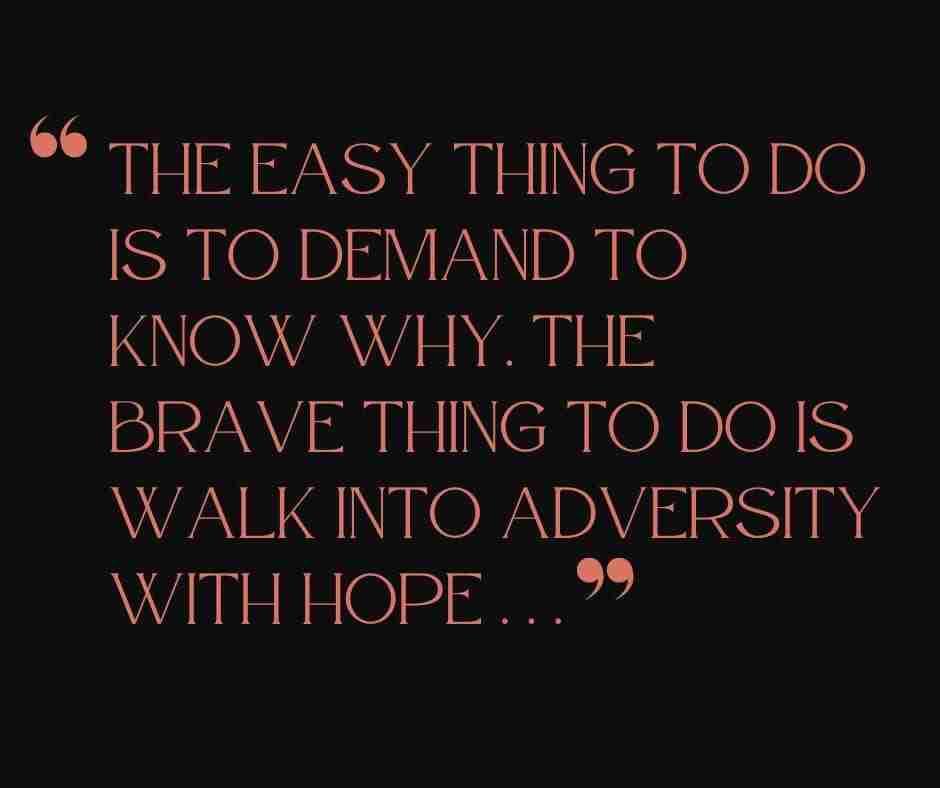
Oddly, recovery from brain surgery was the catalyst for my journey into radical self-acceptance and self-love. I could have been angry at my body for betraying me, but instead (maybe by only cosmic intervention or that reckless optimism I keep referring to), I was grateful for my body and for it helping me to survive.
I was learning that my body was fundamentally good despite the negative emotions that sometimes arose. That it was reliable, even though it has endured road bumps, and it deserves grace when things don’t always go as planned.
Sure, there was a moment when it felt unfair that I was hit with two huge blows in one year, but when the dust cleared, I was in awe of myself for surviving it despite it all. It was an opportunity to observe who showed up for me and how they did so, a chance to reflect on my personal growth and the magnitude of love I have present in my life.
The blows kept coming, and we kept persevering by practicing radical acceptance. It was an incredible demonstration of the belief that adversity is the vehicle for connection, peace, contentment, and gratitude. I was laid off from my job the following spring, Harper was hospitalized twice that summer and the next spring brought us the COVID pandemic. Even recently, my young and healthy husband was hospitalized for a cardiac event caused by a stomach virus.
Yet, we continued to persist and remain upright through it all. When bad things happen, the easy thing to do is demand to know why. The brave thing to do is walk into adversity with hope; that’s what it really means to practice radical acceptance. No moment on this earth is guaranteed. We aren’t entitled to a second of our lives. We have no control. All we can control is how we respond to the events in our life; whether these are joyful, adverse, or neutral.
Radical Acceptance of Our Life
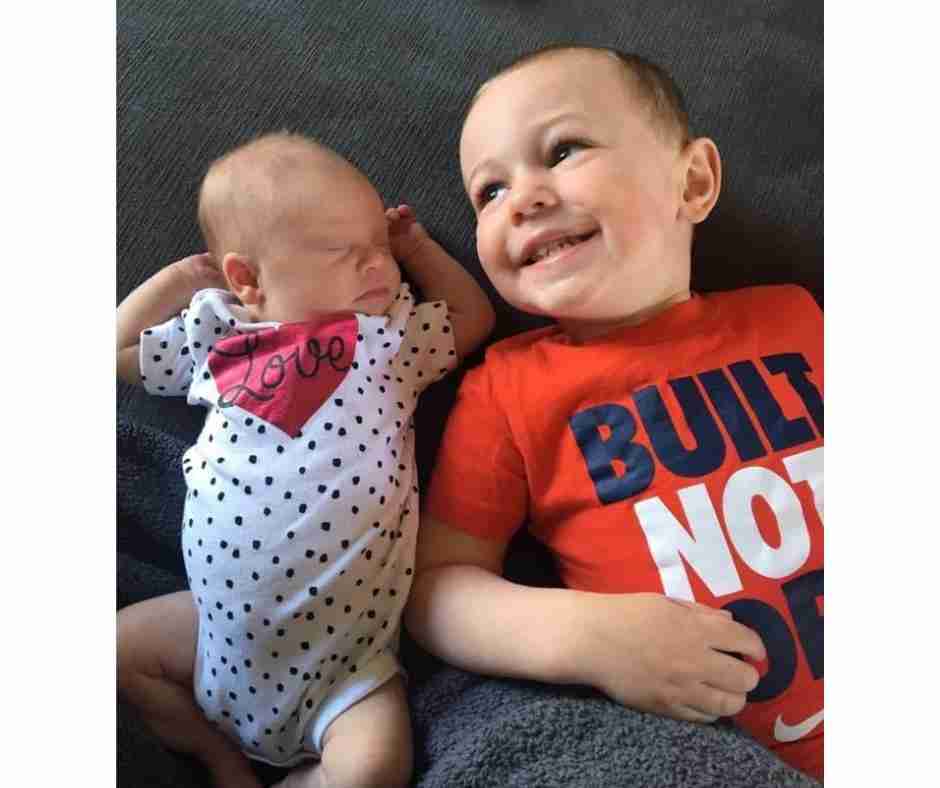
My husband and I have always lived hard lives. We aren’t necessarily cautious or mindful people. But the adversity we have faced together has forced us to slow down, to savor, and to reassess our values. It has also allowed us to find comfort in our tendency to live wildly and impulsively in the present moment.
Being the mother of a child with a disability is nothing like what I’d imagined. I knew I would have to advocate loudly and strongly. I knew we would have to adjust our idea of what parenting looks like, as well as those of behavioral and developmental expectations. What I didn’t expect was the magnification of the humor and joy in parenting.
Milestones became a BIG deal, and small victories have us constantly celebrating and paying attention to the wonder of small, incremental growth and progress. Our joy multiplied because of Harper’s disability and gave us an even more fulfilling life. This is not to discount the difficulty of it all, which is ever present– but it has been a perspective shift that there are constant celebrations to be had in the journey of parenthood.
I am aware of how privileged we are that Harper has remained healthy. I have learned this by slowly allowing myself to connect with the community of parents of children with special needs. You don’t know community until you know this community. There is so much love, trust, and comfort in this community of incredibly resilient humans.
Radical Acceptance Amplifies Love and Gratitude
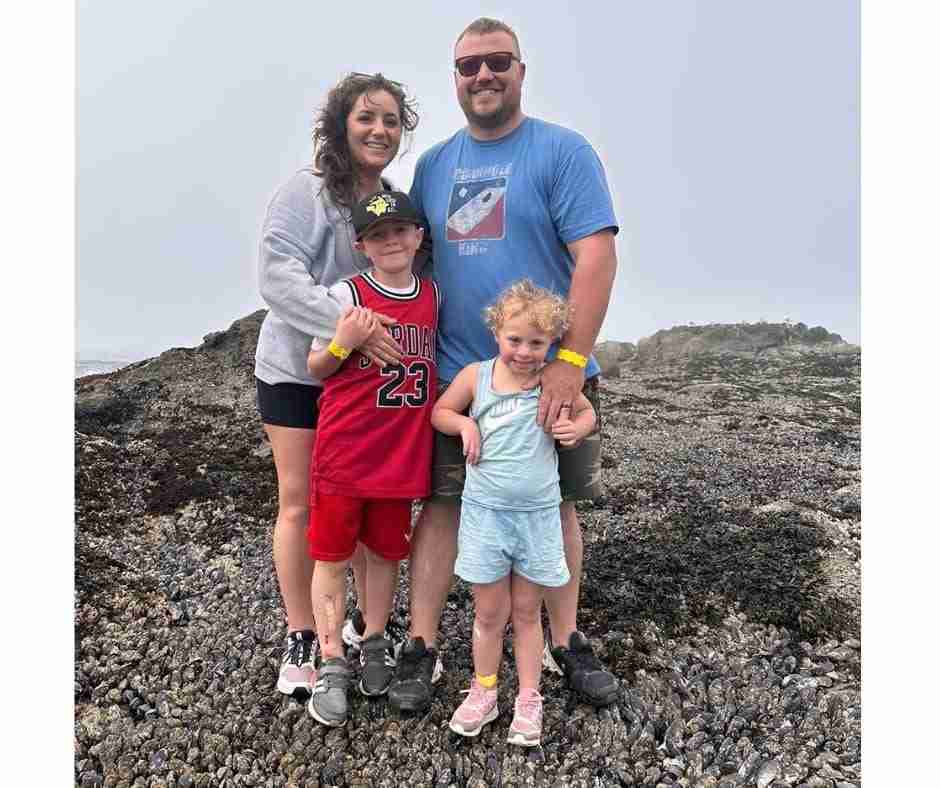
Today, I am grateful for the love that is present in my life. Sometimes, it feels abundant, and sometimes, it feels more scarce, but I have learned to appreciate the ebbs and flows in its presence and find peace within myself with self-love and self-compassion. To me, that’s what radical self-acceptance means. I am grateful for opportunities to move my body and explore the limits of its abilities. I find joy in watching my children thrive, especially in witnessing the barriers that Harper has crushed. And I find joy in pleasure, and make the effort to prioritize it.
Another important lesson that I learned through this series of adverse events is that the little guys in my story made the biggest impact. Of course, I am grateful for my neurologist and the midwife who delivered Harper, but I will never forget the paramedic who remembered Harper and me and safely got me to the emergency room in my time of need. The PA that was careful to braid my hair in a way that would camouflage my bald spot after brain surgery. The nurses kept 16-month-old Harper comfortable and entertained when she had back-to-back hospitalizations in 2019 due to pneumonia.
And then there was the PTA mom from the school I worked at while I was pregnant with Harper, who also has a daughter with DS, and reached out to me with resources when she heard the news. My friends and family who had no clue how to respond to the shit I was going through but continued to show up as themselves anyway. It was these quiet, supporting characters that affected my experience on the deepest level. They are the reason I was able to maintain forward momentum and the reason I emotionally survived.
My Pursuit to Share Radical Self-Acceptance With The World
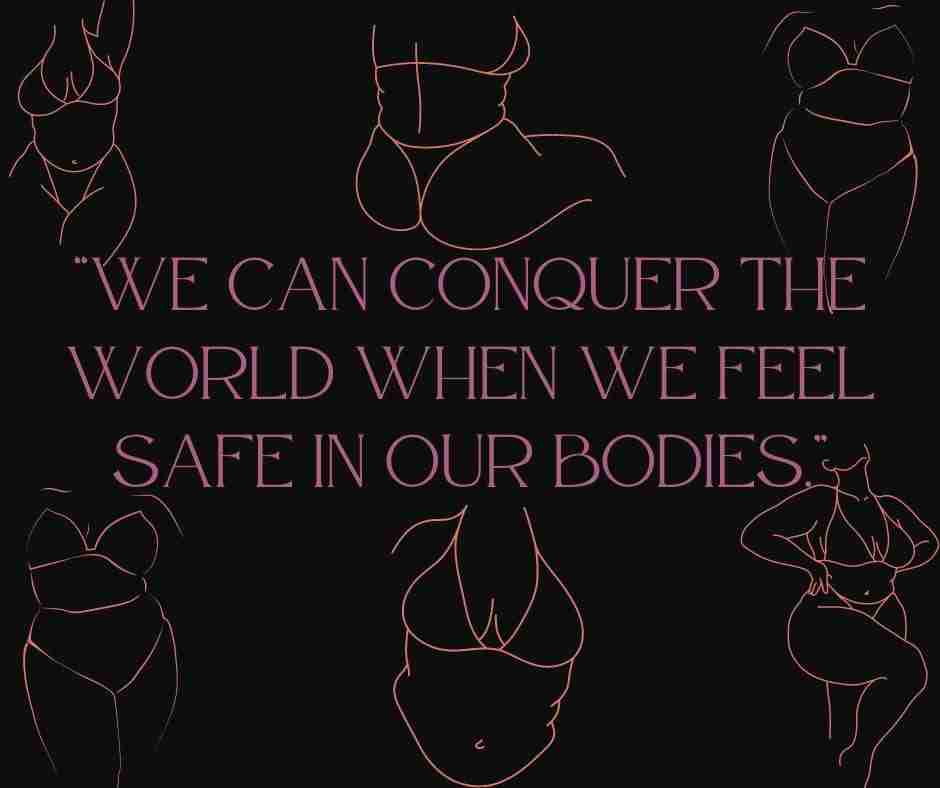
Today, I am healthy. Harper is thriving. She just completed her first year of Kindergarten, where she has learned more than I could ever imagine her learning when I was trying to make her DS go away during nighttime feedings six years ago.
It has been so important to me to share my journey of radical self-acceptance with the world. I have always said that if everyone could just feel what it feels like to know self-acceptance for a single day, they would have no hesitation to do the work. I want this freedom for everyone.
In that pursuit, I have opened my mental health therapy practice, Empowering Connections, with my dear friend and fellow therapist, Samantha Larson. I work with clients to help them from a strengths-based and somatic approach, showing individuals that they have power to find satisfaction in their lives and the key to unlocking it is becoming present in their bodies.
SMASH
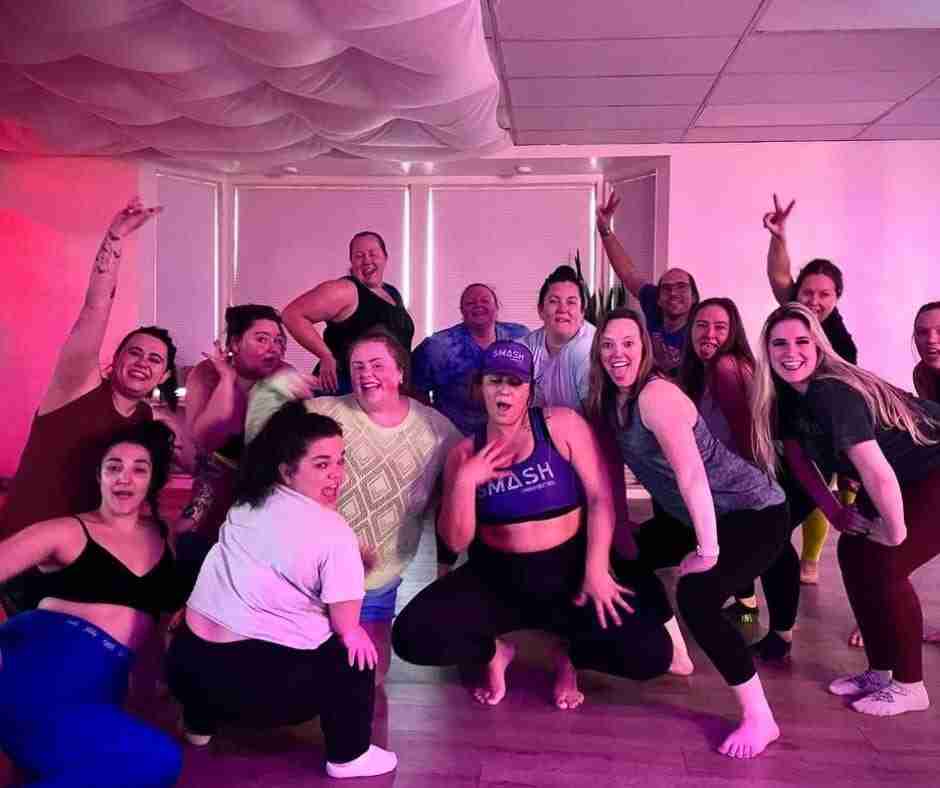
Additionally, I created a mind-body fitness format in 2021 called SMASH (Sensual Movement and Spiritual Healing) because, for me, radical self-acceptance was nothing short of a spiritual awakening. The goal of SMASH is to use somatic work to unlock the healing mechanisms in our bodies, as well as sexual empowerment as a means to peace in our bodies. We can conquer the world when we feel safe in our bodies. I am forever grateful to Jenna Peete and Kam McGivern (owners of Studio Soul, where SMASH was born) for allowing me the chance to create what SMASH has become.
I don’t find my story all that extraordinary—life is hard, and hard stuff happens to everybody. But I know I am lucky to have had the ability to come out the other side of adversity, both changed and better. Luck was only part of it, though. I worked hard and took scary steps to keep myself upright through it all. I chose many times over to remain with myself and with my feelings, and that choice set me up to thrive through adversity. If even one person can see my journey and learn something or have a small perspective shift, then it is a story worth telling.
How do you practice radical self-acceptance?
Let us know in the comment section.





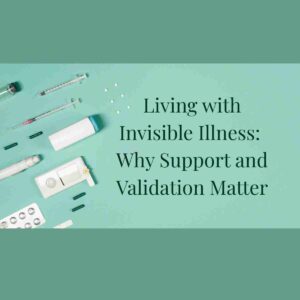

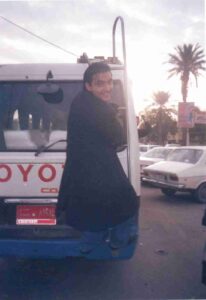






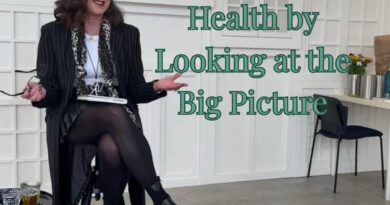

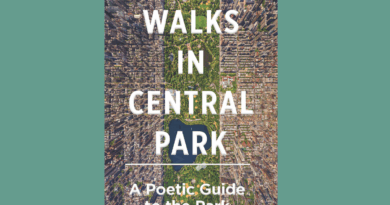
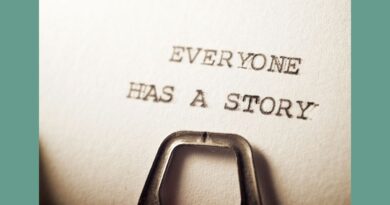









Wow! Thank you for sharing your story (and Harper’s victories)! The DoBetter Group could use more parents like you giving feedback and guidance on we can make communities more inclusive for people with developmental disabilities. <3 🙂
The DoBetter Group is such a great place/resource! Thanks for leaving a comment!
You have a remarkable story, and an incredible outlook. I am still working on figuring out what radical self acceptance looks like for me. But I feel a little bit closer to the answer now!